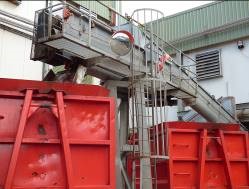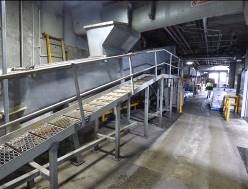Safe use of Conveyors
WORK INSTRUCTION and SAFE WORK INSTRUCTION:
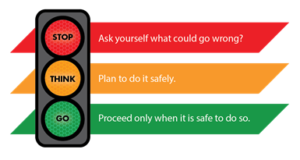


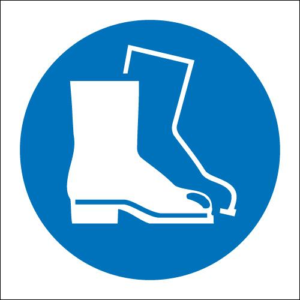
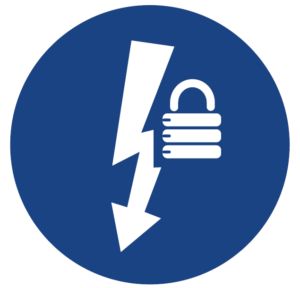
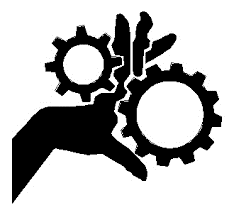

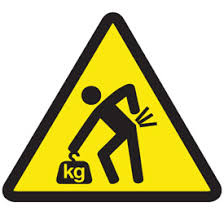
- All screw (auger) conveyors must be stopped and ISOLATED prior to any cleaning (see supervisor for assistance).
- All conveyors must be stopped and ISOLATED prior to any attempt to remove jams or blockages (see supervisor for assistance).
- There must be no attempt to remove a blockage by inserting objects through mesh guards
- All guards must be fixed in place prior to operation of a conveyor.
- All guards must remain in place while a conveyor is in operation.
- Any adjustment for belt tension or tracking must only be carried out by maintenance personnel.
- Damaged guards must be reported immediately.
- A conveyor must not be operated with damaged guards.
- Overhead chain conveyors should be inspected for wear and gate operation at frequent intervals.
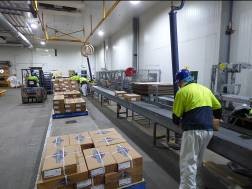
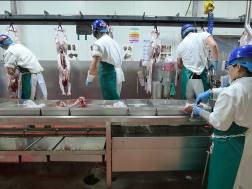
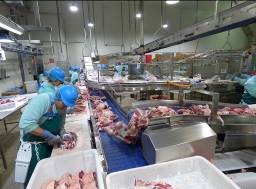
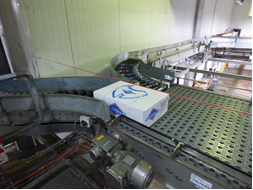
CHAIN & RAIL CONVEYORS
NOTE: Chain & rail conveyors are used throughout the plants to transfer bodies, carcases and product being processed.
- The conveyor must be isolated and tagged out prior to any adjustment to the drive mechanism (see supervisor for assistance).
- The conveyor must be isolated and tagged out before any cover or guard is removed from the drive or tail sprockets of the machine (see supervisor for assistance).
- Conveyors must be inspected for damage or missing guards prior to start up.
- Any person starting a conveyor must ensure that all personnel are clear prior to starting.
- Any damage to covers or guards must be reported to the supervisor immediately.
- All personnel working on suspended product must be aware of the location of the emergency stop.
- Personnel engaged in shackling and leg transfer must ensure that hooks are set into tendons securely, any uncertain connection must be reported to the supervisor immediately
- Any rail or roller problem must be reported to the supervisor immediately.
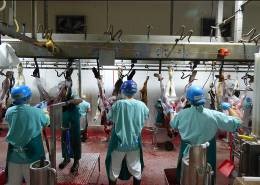
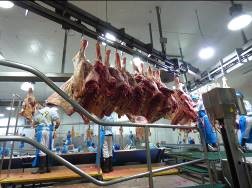
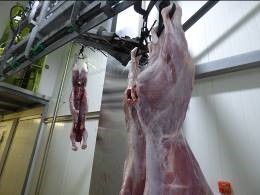
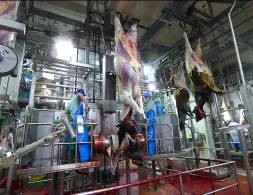
BELT CONVEYORS
NOTE: Belt conveyors are used throughout the plants to transfer raw material cartons and finished product.
- The conveyor must be isolated and tagged out prior to any adjustment to the drive mechanism (see supervisor for assistance).
- The conveyor must be isolated and tagged out before any cover or guard is removed from the head or tail rollers of the machine (see supervisor for assistance).
- Conveyors must be inspected for damage or missing guards prior to start up.
- Any person starting a conveyor must ensure that all personnel are clear prior to starting.
- Any damage to covers or guards must be reported to the supervisor immediately.
- Do not place material onto a conveyor other than the material that is normally discharged into it by the plant it is connected to.
- Do not reach into the support rollers of any belt conveyor.
- Do not attempt to remove any material from the “inner” surfaces of a belt without isolating the conveyor (see supervisor for assistance).
- Report any damaged belt joiners or damaged sections of the belt to your supervisor immediately.
- Report any belt running out of line to your supervisor immediately, DO NOT attempt to adjust any belt yourself.
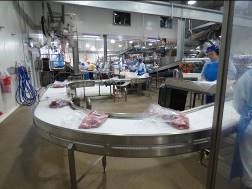
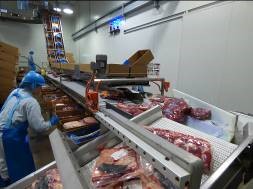
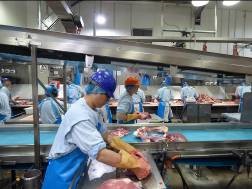
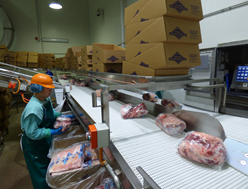
ROLLER CONVEYORS
NOTE: Roller conveyors are used throughout the plants to transfer cartons and finished product.
There are manual, gravity and powered roller conveyors on site.
- Any powered conveyor must be isolated and tagged out prior to any adjustment to the drive mechanism (see supervisor for assistance).
- Conveyors must be inspected for damage prior to start up.
- Any person starting a powered conveyor must ensure that all personnel are clear prior to starting.
- Do not place material onto a conveyor other than the material that is normally used for.
- Do not reach into the drive rollers
- Report any damage to your supervisor immediately.
- Before reaching to grip cartons, be aware of other cartons on the conveyor or approaching.
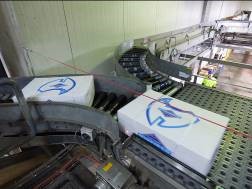
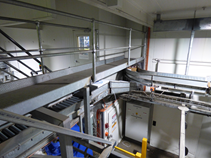
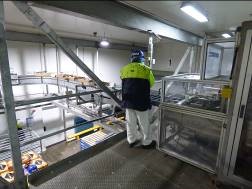
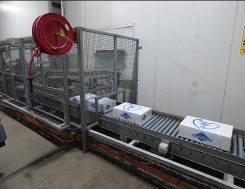
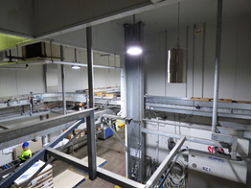
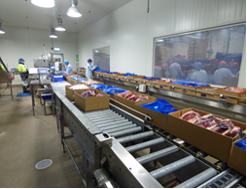
AUGER CONVEYORS
NOTE: Auger or Screw conveyors are used throughout the plants to transfer raw material and finished product.
- The conveyor must be isolated and tagged out prior to any adjustment to the drive mechanism (see supervisor for assistance).
- The conveyor must be isolated and tagged out before any cover or guard is removed from the flight of the machine (see supervisor for assistance).
- No attempt must be made to free jambs or blockages while the conveyor is operating.
- There must be no attempt to reach into the conveyor or hopper to free or push material.
- Conveyors must be inspected for damage or missing guards prior to start up.
- Any person starting a conveyor must ensure that all personnel are clear prior to starting.
- Any damage to covers or guards must be reported to the supervisor immediately.
- Do not place material into a conveyor other than the material that is normally discharged into it by the plant it is connected to.
